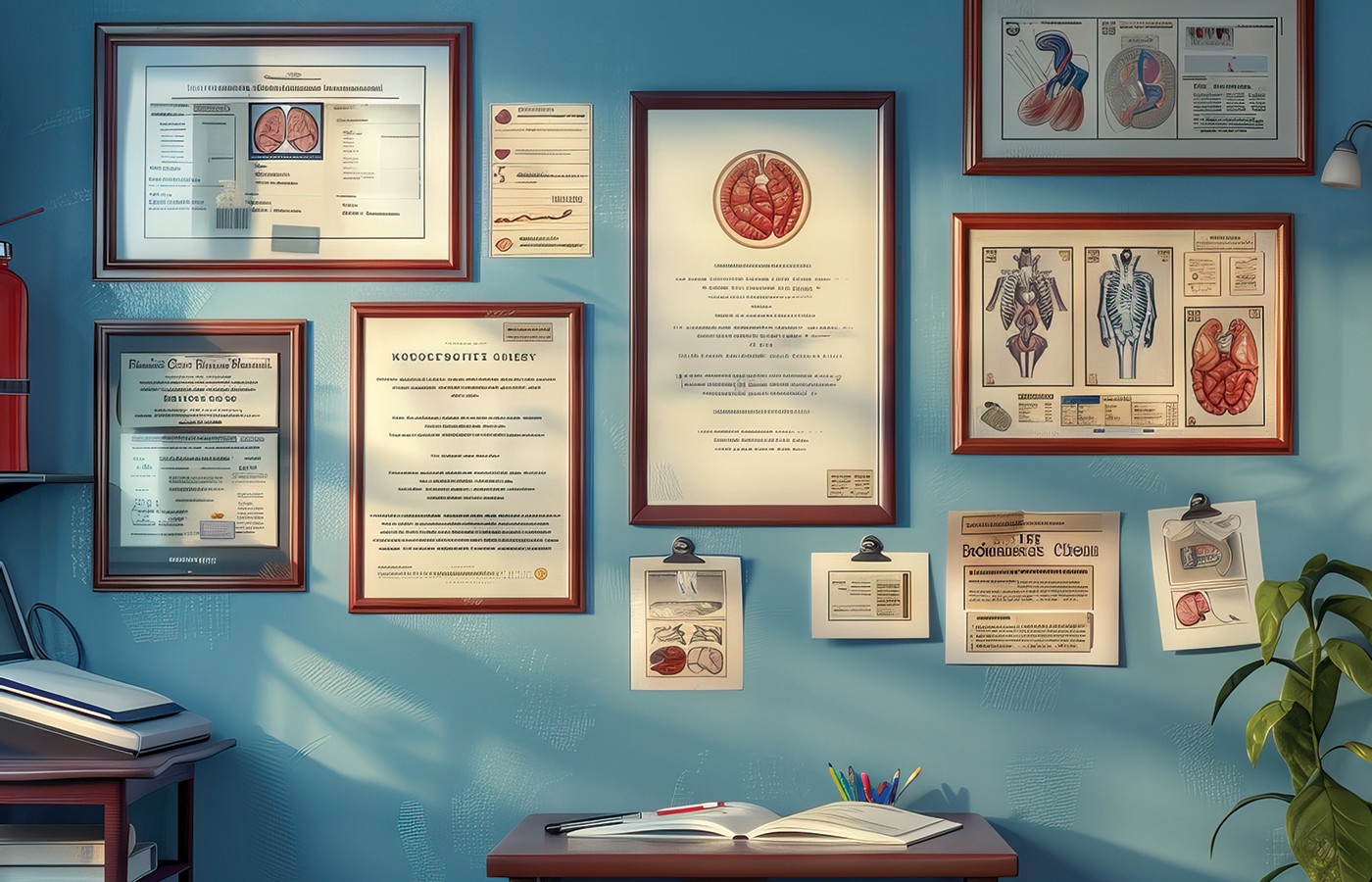Back pain? Blame the psoas. Seems as if everybody wants to dive headfirst into their psoas at the first sign of trouble with the lumbopelvic-hip region. Perhaps no other muscle is blamed more for causing problems than the psoas. Yes, it is an important stabilizer of the lumbar spine, but it shouldn't be the only one on which you focus. There is another big player on the scene: the iliacus.
What's on Your Wall?
- An interesting randomized survey of 1,213 patients asked them to consider one of seven backgrounds for a video visit with their (medical) doctor.
- While you may not make any video calls with your patients (yet), the survey results speak to patient preferences and your image in your office.
- Take a look at your office space, especially where you meet with patients to discuss their care plans. You may be saying one thing, but the wall behind you and the room in general may be contradicting you.
If you’re conducting a patient visit via video conferencing software (or even a live patient visit in your office), what should your background be? How professional does it need to be? Do patients even care?
An interesting randomized survey of 1,213 patients asked them to consider one of seven backgrounds for a video visit with their (medical) doctor. Patients were asked to choose the background they preferred based on six domains: “how knowledgeable, trustworthy, caring, approachable, and professional the physician appeared, and how comfortable the physician made the respondent feel.” The backgrounds were:
- Kitchen
- Bedroom
- Examination room
- Office with shelves and cabinets
- Bookshelf (looks like a virtual background)
- Office displaying diplomas
- Solid color
As one might expect, when looking at provider types, the bedroom (3.5%) and kitchen (2.0%) backgrounds were the least preferred by patients. The office background displaying the diplomas scored the highest (34.7%), with the office with shelves and cabinets coming in second (18.4%). Interestingly, the solid background (14.4%) fell below the more professional backgrounds in terms of preference.
While you may not make any video calls with your patients (yet), this speaks to patient preferences and your image in your office. Clearly, if patients prefer to see medical diplomas in this study, they want to see your chiropractic diploma in your office. This is probably most important when they are sitting in your office listening to your report of findings.
Your diploma(s), certifications and awards help your patients appreciate that you are knowledgeable, trustworthy and professional. The atmosphere they create assists your efforts to show that you are a caring, approachable doctor with whom they can feel comfortable.
While the workplace and the world have become more casual in nature, patients are still looking for a certain level of professionalism in their health care. This is particularly true if a patient is considering different forms of care for their ailment and trying to discern which provider will result in the best outcome.
Take a look at your office space, especially where you meet with patients to discuss their care plans. You may be saying one thing, but the wall behind you and the room in general may be contradicting you.
Reference
- Houchens N, Saint S, Kuhn L, et al. Patient preferences for telemedicine video backgrounds. JAMA Netw Open, 2024;7(5):e2411512.



